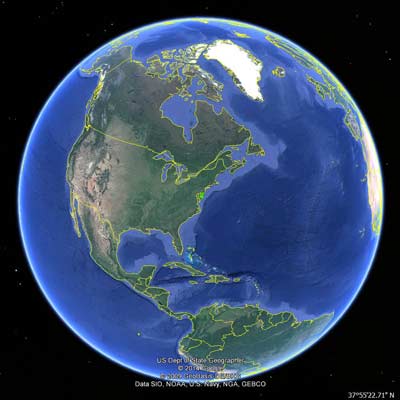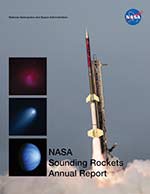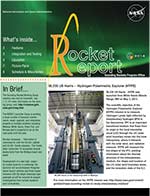
36.393, 394 & 395 UE BARJATYA/EMBRY-RIDDLE UNIVERSITY
APEP-2
- Mission
- Vehicle
- Launch
- Photos
The Atmospheric Perturbations around Eclipse Path (APEP) 2 mission includes three identical rockets launched from Walllops Island, VA. APEP is also the name of the cosmic world serpent from ancient Egyptian cosmology.
The serpent pursues the sun god Ra, and every so often, nearly consumes the sun disc, resulting in an eclipse.
The APEP-2 rockets aimed to collect data to answer the following science questions:
Does the eclipse shadow directly seed discernible irregularities in the mid-latitude ionosphere? What are the
associated vertical length and time scales of these irregularities?
What are the impacts of the Temperature Gradient Instability (TGI) and Gradient Drift Instability (GDI) in seeding
small scale (10s to 100s of meters) ionospheric irregularities in the presence of solar eclipse?
How do the various regions of the ionosphere behave differently at small scales in response to the overall cooling
effect of the thermosphere?
Three identical payloads will be launched during the Total Eclipse occuring April 8, 2024. The first payload will launch approximately 45-minutes before peak local eclipse, the second at peak local eclipse, and the third approximately 45-minutes past peak local eclipse.
Three similar payloads, APEP-1, were launched from White Sands Missile Range, NM on October 14, 2023 during the Annular Eclipse. These flights facilitate simultaneous multipoint spatio-temporal in-situ observations of electrodynamics and neutral
dynamics associated with solar eclipses. The main payload instrumentation includes Langmuir probes, electric field probes, magnetometers, ionization gauges, and accelerometers. The simultaneous multipoint measurements are facilitated by four SWARM deployables ejected from each payload that are instrumented with Langmuir probe, magnetometer and accelerometer.
Co-Investigator institutions include Air Force Research Labs, Dartmouth College, Massachusetts Institute of
Technology Haystack Observatory, and Johns Hopkins University Applied Physics Lab.
The Principal Invetigator is Dr. Barjatya/Embry-Riddle University
More about APEP: https://sites.erau.edu/sail/apep/
The Black Brant 9 is a two stage sounding rocket with a Terrier first stage and Black Brant second stage. The Black Brant 9 can reach altitudes of about 600 km. Payloads weighing from 400 to 1200 pounds can be flown.

This mission was launched on April 8, 2024 from Wallops Island, VA, NASA Wallops Flight Facility.


